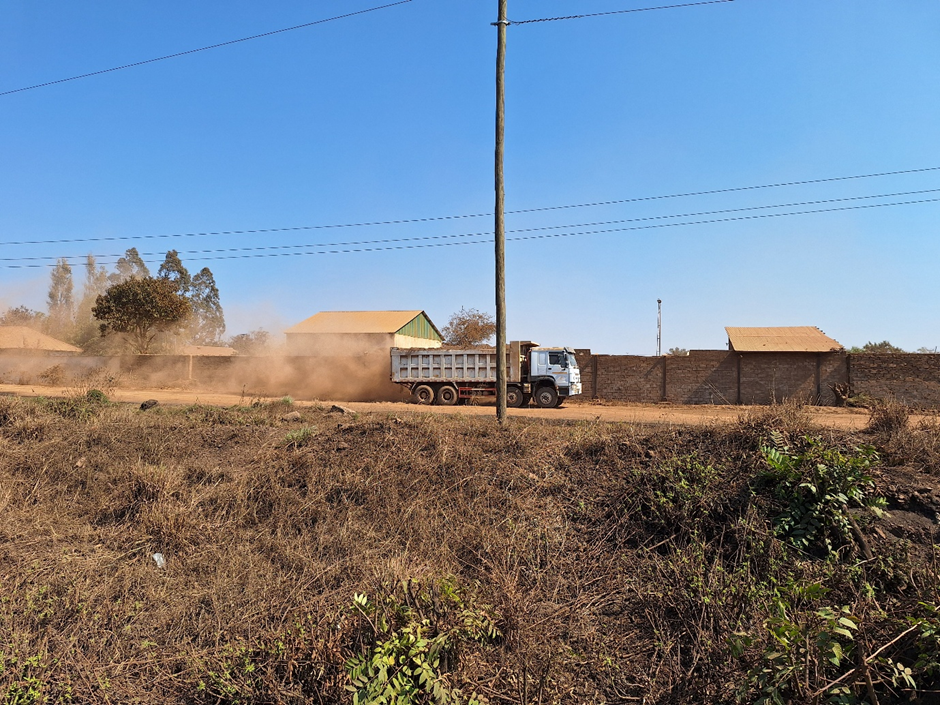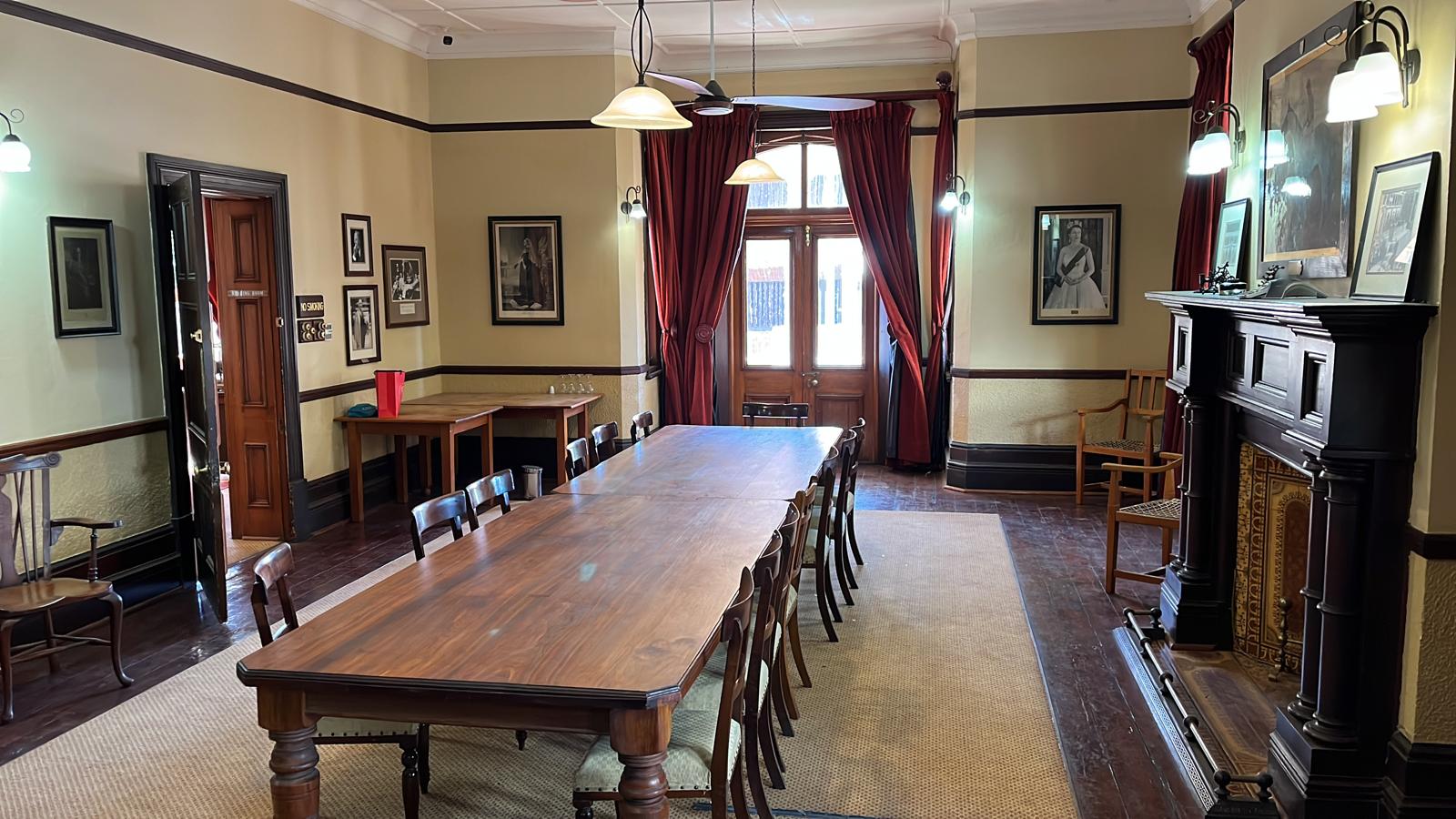5 year project • run by professor J.b. Gewald • Funded by
NWo and
ascl • 5 year project • run by professor J.b. Gewald • Funded by
NWo and
ascl • 5 year project • run by professor J.b. Gewald • Funded by
NWo and
ascl • 5 year project • run by professor J.b. Gewald • Funded by
NWo and
ascl •


.jpg)
